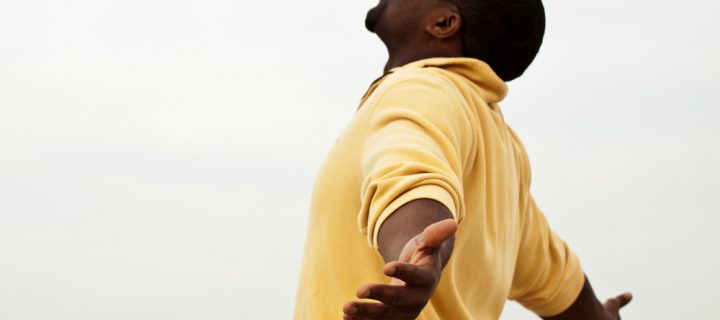Hum, yawn, stretch, walk, and bike (if you can).
We’re not out of the woods yet. Coronavirus cases are coming down in many places across the US and Canada is ramping up vaccinations in the face of rising COVID-19 variants, but we still have a ways to go.
Of course, many people have already faced the virus head on and fought it off. If this is you, strengthening your health could be important. While each case of COVID-19 is unique, many people suffer from the same problems in recovery. These can include muscle weakness, shortness of breath, and clouded thinking.
Looking for a brighter future? Here are 10 exercises experts recommend to ease your recovery after surviving the coronavirus.
Breathing
If you have suffered through a more severe case of COVID-19, your breathing abilities may have been affected. Johns Hopkins Medicine suggests you practice diaphragmatic breathing, also known as ‘deep’, or ‘belly’ breathing. You can do this lying down on your back for one minute. Progress to lying down on your stomach. Following this, try deep breathing while sitting and standing. For safety, adhere to the steps outlined at hopkinsmedicine.org
Yawning
This may seem like a strange exercise, but Johns Hopkins also suggests yawning. This can open up your chest. To do it, yawn while raising your arms above your head while sitting. Yawn and stretch your arms out as you would when waking up. Finish by bringing your arms back down to your sides and smile. Repeat for one minute.
Humming
Experts suggest you try humming while exhaling, to heal. Humming can help increase the circulation of oxygen in your body and repair your nervous system. Sit up, and breathe deeply into your stomach. As you exhale, hum with your mouth closed. Do this repeatedly for one minute.
Marching
The World Health Organization has numerous exercises listed for rehabilitation after the coronavirus. Google ‘who covid 19 rehabilitation exercises’ for access to an online PDF with the information.
If you cannot walk very far yet before getting too tired, marching on the spot is something the WHO recommends. This is also good if you can’t get outside easily. Hold a chair for support if you need to and lift your knees one by one. Lift them higher if you are able.
Related: How the Virus Damages Your Brain
Step-Ups
Again, if walking outside is difficult, try this on your stairs. Step up and down on one step, holding the handrail if needed. Change your starting leg every ten steps.
Walking
The WHO recommends you walk outside if you are able, to get back to good health. Match your fitness level and don’t push yourself too hard. Walk on flat land. Use a cane or another supportive device if needed. Increase your distance and speed slowly.
Cycling
If you can walk without losing your breath and your doctor says it is safe to do so, you might try cycling. Again, do not push yourself to great limits. Take it slow. Cycle on flat land, and leave the hills to later.
Jogging
As with cycling, the WHO recommends you try jogging only if walking is now very easy to do. Take one day at a time and allow yourself to fully recover from your workout.
Simple Strengthening Exercises
Are your muscles feeling weak? The WHO recommends easy strengthening exercises. Bicep curls, wall push-offs, side arm raises, sit-to-stand, squats, heel raises, and knee straightening while seated are all included in their list.
Brain Exercises
The coronavirus can also target your brain. It does not cause an infection in your head but it can cloud your thinking. If cloudy concentration is something you are facing, be patient. Recovery can take time. The WHO suggests engaging in puzzles, word and number exercises, memory exercises, and reading. Try taking up a new hobby such as playing piano or Sudoku.
If you have had a breathing tube while hospitalized and a severe case of COVID-19 it is common to struggle with your thinking in recovery. Use lists and notes as reminders of appointments. Set alarms and break your activities down into smaller steps.
One key in recovering from COVID-19, according to experts, is to adjust your expectations. Let others assist you and remind yourself that it can take a long time to fully recover.
Always warm up and cool down before exercising. Talk to your doctor before engaging in any of the activities listed here and exercise safely.
photo credits: pixelheadphoto digitalskillet/Shutterstock.com











